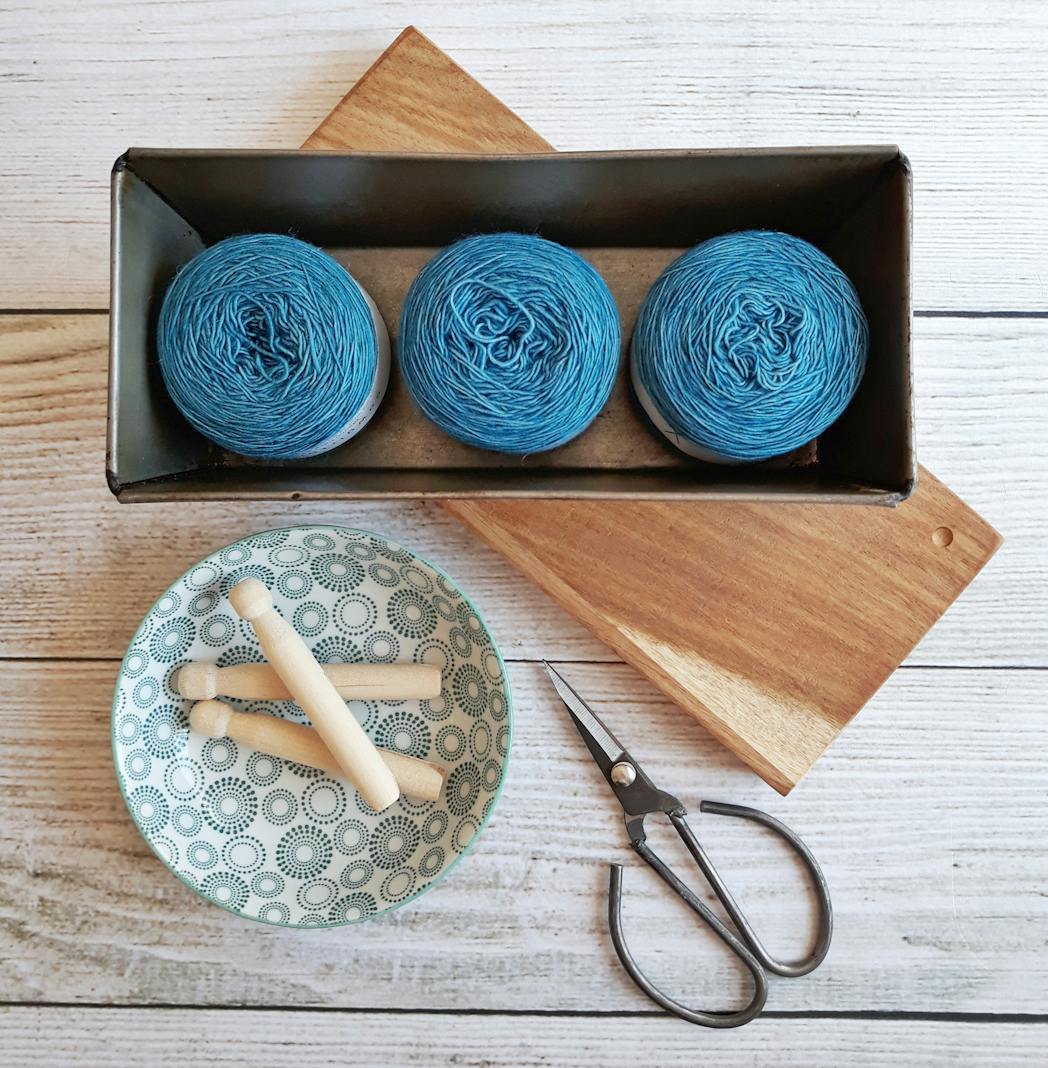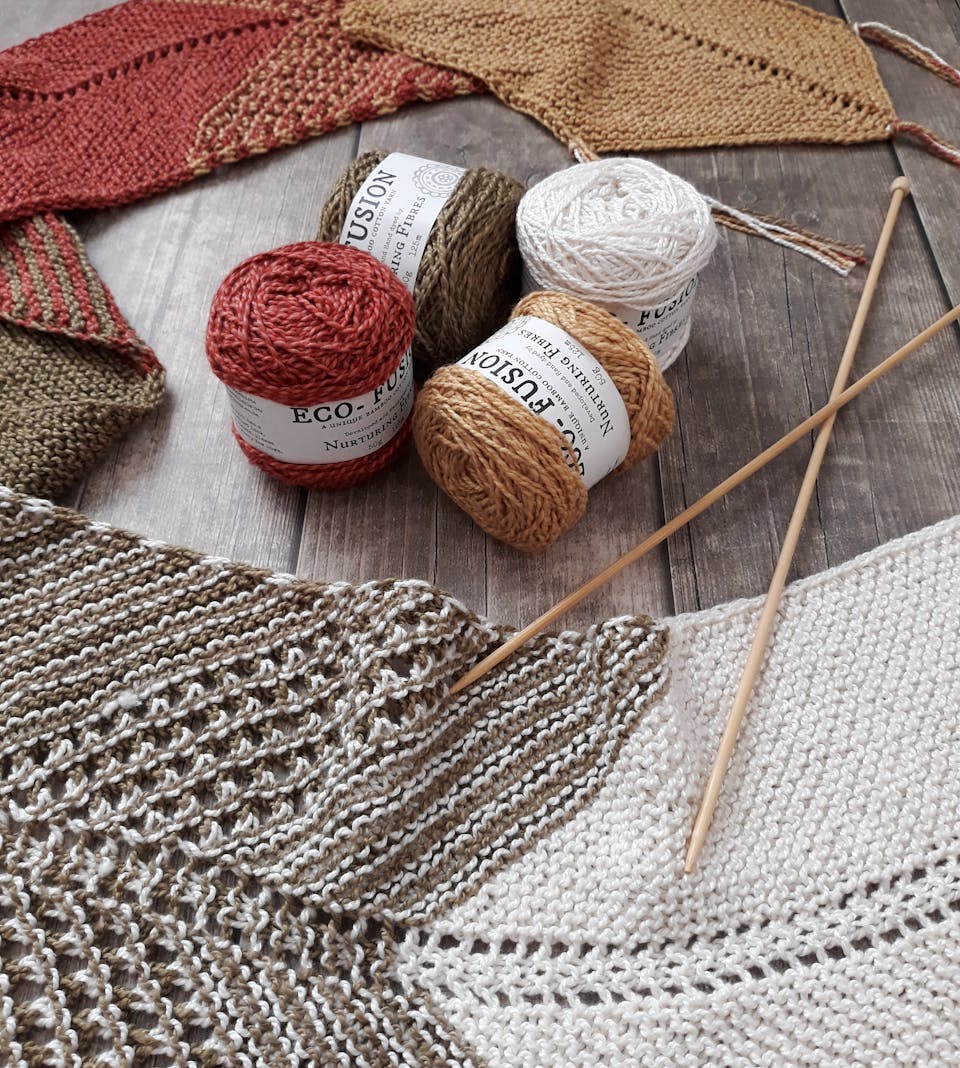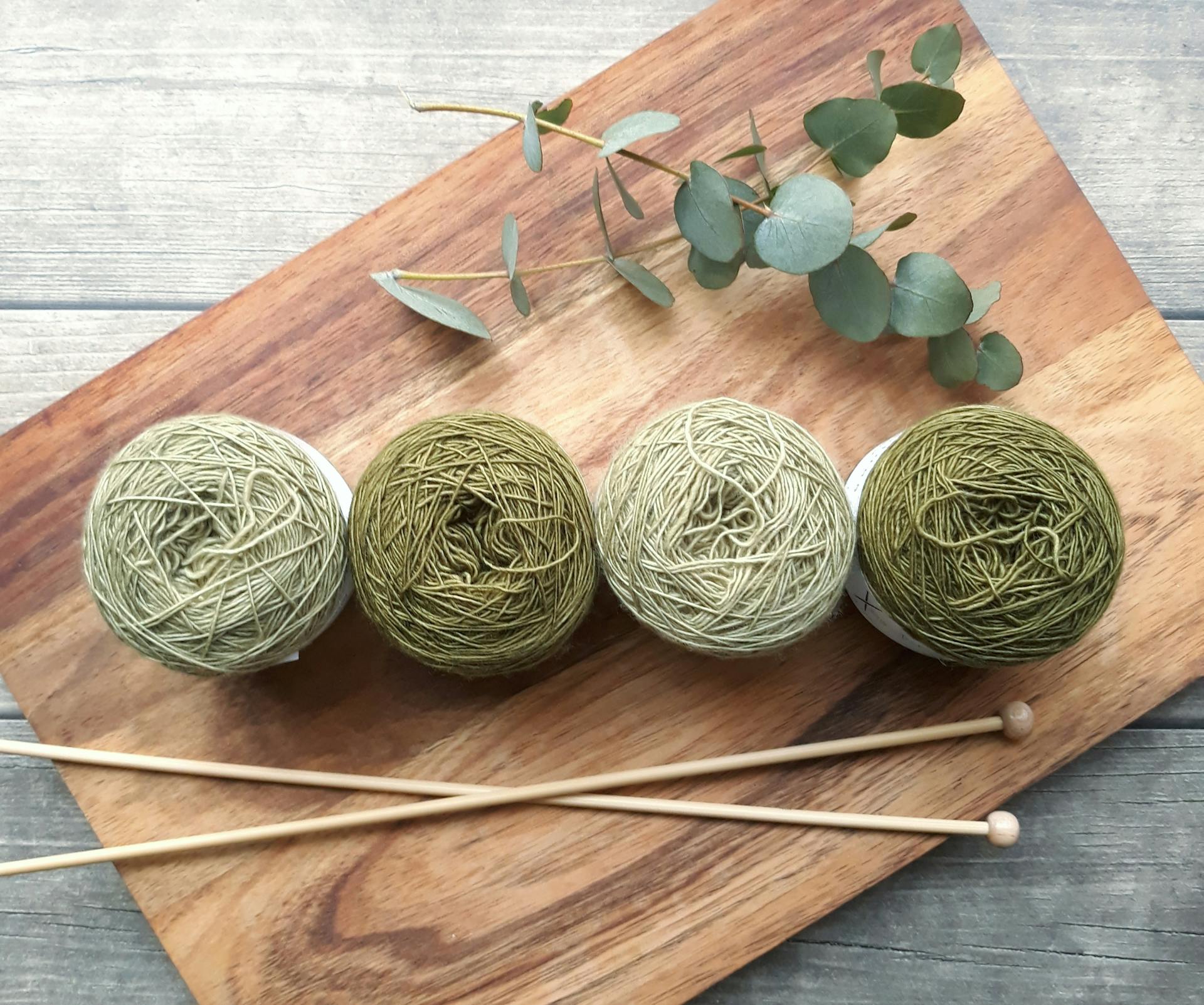The Mulesing Controversy

It?s as hard to be a sheep as it is to be human. Parasites abound, often carrying horrible diseases. Flystrike in particular can result in an agonizing and slow death for the animal. Over the years, farmers have developed different practices to spare the lives of sheep; one controversial practice is called mulesing, which involves removing the skin around the animal?s anus in such a way that scar tissue builds up instead.
Here?s the issue: some sheep, such as Merino, have loose skin with folds. Add in the wool covering over this, and lots of tiny, convoluted crevices occur. These small areas are perfect homes for burrowing flies and insects. Go a step further, and combine these little spaces with feces, urine, sweat, and dirt. You then have a perfect breeding ground for parasites carrying flystrike. While animals can be infected by an insect bite anywhere on the body, the proliferation of parasite nests around the nether regions are a particular problem for the wool industry. Flystrike can decimate a flock, resulting in loss of income and even in the decimation of large swaths of business. When you consider the importance of the wool industry in countries such as Australia and New Zealand, the problem takes on even greater importance.
In the 1930?s, a farmer named Mules accidentally removed some skin while shearing a sheep. He noticed that the area grew scar tissue without wool. The thought occurred to him that intentional skin removal might protect animals from flystrike and began to intentionally remove a strip of skin from around the anus and hindquarters. This proved to be effective, and the practice became popular. For almost sixty years, mulesing has been practiced in an effort to protect the flocks which produce the wool from this part of the globe.
With the advent of the twenty-first century, however, this practice has come under fire from animal activists. Particularly since mulesing is generally done without the use of anesthetic, organizations such as PETA have called it out, encouraging clothing companies to boycott finished products made with mulesed wool. In response to this international pressure, many Australian and New Zealand sheep farmers are phasing out the practice.
In the absence of mulesing, how can sheep farmers protect their flocks? Pesticide use is an option, albeit one considered anathema by many environmentalists. It?s also possible to use non-surgical methods to remove the skin in question, and to use organic methods to reduce the number of disease-carrying insects. In the long run, breeding programs are the most enduring way to avoid mulesing, as they help farmers to raise sheep with less wrinkles and greater resistance to flystrike.
What does this mean for the average knitter? For some, this controversy may be an example of animal rights gone too far; for others, it may be yet another reason to search out cruelty-free wool. For all knitters, here is proof that the craft, like other pastimes, is not immune to ethical questions and activist stances. As always, knowledge is the first step to taking action.
Here?s the issue: some sheep, such as Merino, have loose skin with folds. Add in the wool covering over this, and lots of tiny, convoluted crevices occur. These small areas are perfect homes for burrowing flies and insects. Go a step further, and combine these little spaces with feces, urine, sweat, and dirt. You then have a perfect breeding ground for parasites carrying flystrike. While animals can be infected by an insect bite anywhere on the body, the proliferation of parasite nests around the nether regions are a particular problem for the wool industry. Flystrike can decimate a flock, resulting in loss of income and even in the decimation of large swaths of business. When you consider the importance of the wool industry in countries such as Australia and New Zealand, the problem takes on even greater importance.
In the 1930?s, a farmer named Mules accidentally removed some skin while shearing a sheep. He noticed that the area grew scar tissue without wool. The thought occurred to him that intentional skin removal might protect animals from flystrike and began to intentionally remove a strip of skin from around the anus and hindquarters. This proved to be effective, and the practice became popular. For almost sixty years, mulesing has been practiced in an effort to protect the flocks which produce the wool from this part of the globe.
With the advent of the twenty-first century, however, this practice has come under fire from animal activists. Particularly since mulesing is generally done without the use of anesthetic, organizations such as PETA have called it out, encouraging clothing companies to boycott finished products made with mulesed wool. In response to this international pressure, many Australian and New Zealand sheep farmers are phasing out the practice.
In the absence of mulesing, how can sheep farmers protect their flocks? Pesticide use is an option, albeit one considered anathema by many environmentalists. It?s also possible to use non-surgical methods to remove the skin in question, and to use organic methods to reduce the number of disease-carrying insects. In the long run, breeding programs are the most enduring way to avoid mulesing, as they help farmers to raise sheep with less wrinkles and greater resistance to flystrike.
What does this mean for the average knitter? For some, this controversy may be an example of animal rights gone too far; for others, it may be yet another reason to search out cruelty-free wool. For all knitters, here is proof that the craft, like other pastimes, is not immune to ethical questions and activist stances. As always, knowledge is the first step to taking action.

Related Articles
Editor's Picks Articles
Top Ten Articles
Previous Features
Site Map
Content copyright © 2023 by Korie Beth Brown, Ph.D.. All rights reserved.
This content was written by Korie Beth Brown, Ph.D.. If you wish to use this content in any manner, you need written permission. Contact Korie Beth Brown, Ph.D. for details.







